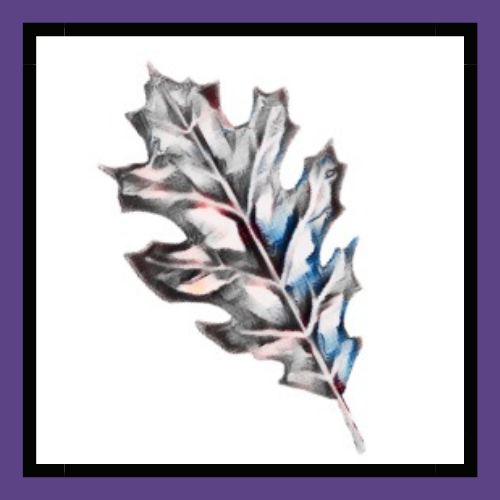
How long will my candle last?
Share
Soy Scented Candle lifespan
Candles are a timeless source of ambiance and warmth, but have you ever wondered how long a candle can actually last? The lifespan of a candle depends on various factors, including its size, type of wax, and how it’s used. Here, we’ll dive into everything you need to know about candle longevity and how to maximize the burn time of your favorite candles.
Factors That Affect Candle Lifespan
- Size and Shape of the Candle – Larger candles with more wax naturally last longer than smaller ones. For example, a small votive candle might burn for 10-15 hours, while a large three-wick candle could last 50-100 hours.
- Type of Wax – The type of wax used plays a significant role in burn time. Common candle waxes include:Paraffin Wax: Burns faster but provides a strong scent throw.Soy Wax: Burns more slowly, offering longer-lasting candles.Beeswax: Known for its slow, clean burn, making it one of the longest-lasting options.Coconut Wax: A newer option with a clean and slow burn.
- Paraffin Wax: Burns faster but provides a strong scent throw.
- Soy Wax: Burns more slowly, offering longer-lasting candles.
- Beeswax: Known for its slow, clean burn, making it one of the longest-lasting options.
- Coconut Wax: A newer option with a clean and slow burn.
- Wick Type – The size and material of the wick affect how evenly and quickly a candle burns. A properly trimmed wick ensures a steady burn, preventing excessive wax consumption.
- Fragrance and Additives – Highly fragranced candles may burn faster due to the oils in the wax. Additives for color or texture can also influence burn time.
- Burning Conditions – Drafty environments or incorrect burning practices can shorten a candle’s lifespan. For example, a candle placed in a breezy area will burn unevenly and waste wax.
How to Estimate Candle Burn Time
A general formula to estimate candle burn time is:
This formula assumes optimal conditions and a well-made candle. For example, a 200-gram candle should burn for approximately 40 hours.
Tips to Maximize Candle Lifespan
- Trim the Wick – Always trim your wick to about 1/4 inch before lighting. A long wick can cause the candle to burn too quickly and unevenly.
- Burn for the Right Amount of Time – Let your candle burn long enough for the entire surface to melt during each use. This prevents tunneling and ensures even wax consumption.
- Avoid Drafts – Place your candle in a draft-free area to maintain a steady, even flame.
- Use a Candle Snuffer – Extinguishing the flame with a snuffer instead of blowing it out helps reduce smoke and prolongs the life of the candle.
- Store Properly – Keep candles in a cool, dry place away from direct sunlight to prevent the wax and fragrance from degrading.
Average Burn Times by Candle Type
- Tea Lights: 4-6 hours
- Votive Candles: 10-15 hours
- Pillar Candles: 50-75 hours (depending on size)
- Taper Candles: 6-10 hours
- Jar Candles: 40-100+ hours (depending on size and wax type)
Conclusion
The lifespan of a candle varies widely based on its size, wax type, and usage. By following best practices like trimming the wick and avoiding drafts, you can extend the life of your favorite candles and enjoy their glow for hours on end. Whether you’re using a soy wax jar candle for cozy evenings or a beeswax taper for a dinner party, understanding how to care for your candles ensures you get the most out of them.
Do you have a favorite candle type or a tip for maximizing burn time? Share your thoughts in the comments below!
